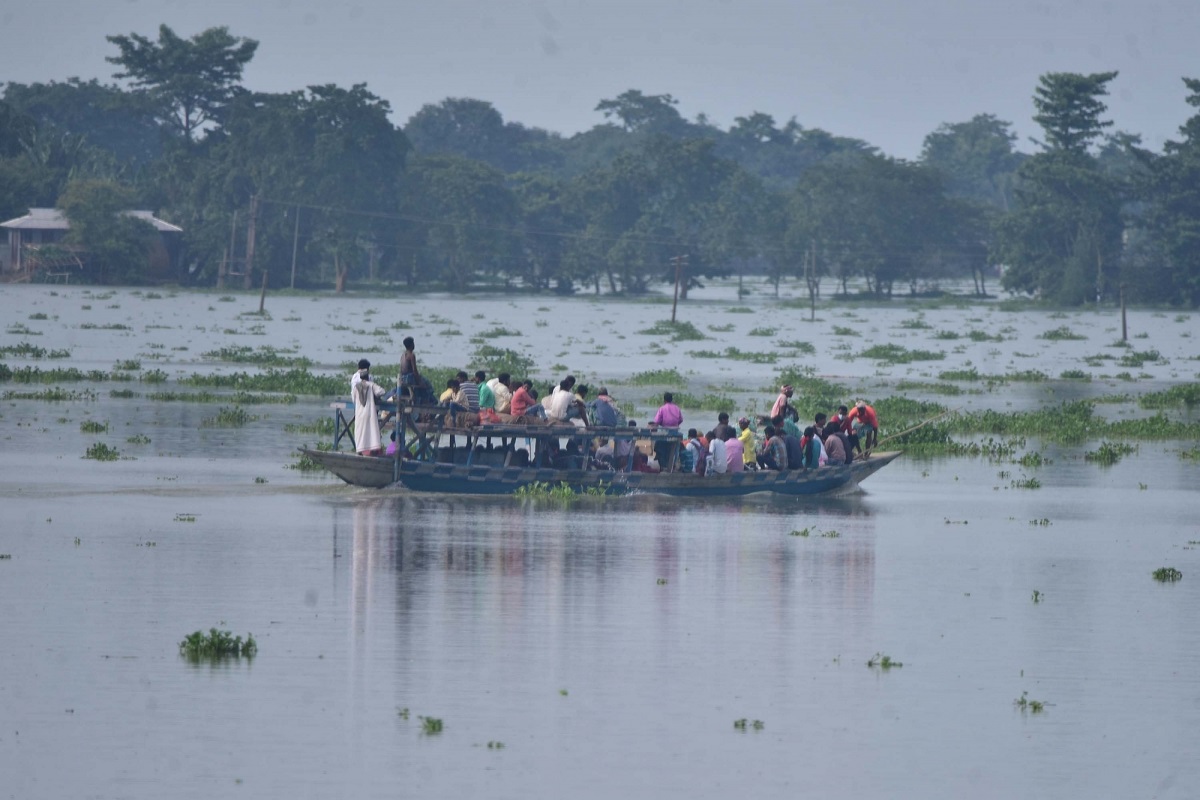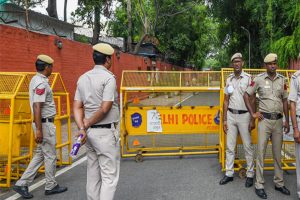Over 75 per cent of Indian districts ~ which are home to over 638 million people, nearly half of the country’s population ~ are hotspots of extreme climate events such as cyclones, floods, droughts, heat and cold waves, according to a study released today by the Council on Energy, Environment and Water (CEEW).
The frequency, intensity, and unpredictability of these extreme events have also risen in recent decades, according to the study, released two days before the Climate Ambition Summit, where several nations are expected to announce enhanced commitments towards combating climate change. While India witnessed 250 extreme climate events between 1970 and 2005, it recorded 310 extreme weather events post 2005 alone. The study also found a shift in the pattern of extreme climate events such as flood prone areas becoming drought prone and vice versa in over 40 per cent of Indian districts.
Advertisement
The United Nations, the United Kingdom and France, in partnership with Chile and Italy, will co-host a virtual Climate Ambition Summit on 12 December, to mark the fifth anniversary of the adoption of the Paris Agreement. The summit has been positioned as a ‘sprint to Glasgow’, where the 26th session of the Conference of the Parties to the UN Framework Convention on Climate Change is scheduled to take place during 1-12 November in 2021.
Abinash Mohanty, programme lead at the CEEW and the author of the study, said, “The current trend of catastrophic climate events results from a mere 0.6 degrees Celsius temperature rise in the last 100 years. India is already the fifth most vulnerable country globally in terms of extreme climate events and it is all set to become the world’s flood capital. Access to finance and technology along with democritisation of weather and climate-related data is critical for building climate resilience. Embracing risk assessment principles will be equally crucial to safeguard Indian agriculture, industry, and large-scale infrastructural projects from the vagaries of climate change.”
The study found that, in the last 50 years, the frequency of flood events increased almost eight times, while associated events such as landslides, heavy rainfall, hailstorms, thunderstorms, and cloudbursts increased by over 20 times. Between 1970 and 2004, three extreme flood events occurred per year on average. But after 2005, the yearly average rose to 11. The yearly average for districts affected until 2005 was 19, but after 2005, it jumped to 55.
In 2019, India witnessed 16 extreme flood events, which affected 151 districts. Over 97 million people are currently being exposed to extreme floods in India. The CEEW analysis indicates that while the number of rainy days during monsoon have decreased, singleday extreme rainfall events have been increasing, leading to flooding. After 2000, there has also been a rise in urban floods due to flawed urban planning, encroachments on wetlands and deforestation.
According to the study, after 2005, the yearly average of the number of districts affected by cyclones tripled and the cyclone frequency doubled. In the last decade alone, 258 districts were affected. The cyclone hotspot districts are concentrated along the eastern coastline, where warming regional microclimate, land-use change and degrading forests are triggering cyclonic activity.
While preparedness and resilience against droughts have improved in recent decades, extreme climate events continue to significantly affect the Indian farmers. The yearly average of drought affected districts increased 13 times after 2005. Nearly 68 per cent of Indian districts have been facing droughts and drought like situations. While the intensity of damage in terms of loss of life has reduced significantly, droughts increase uncertainties related to agriculture and rural livelihoods.
The study found a trend of several traditionally flood prone districts such as Cuttack, Guntur, Kurnool, Mahbubnagar, Nalgonda, Paschim Champaran, and Srikakulum becoming drought prone in recent years. Coastal Indian states such as Andhra Pradesh, Tamil Nadu, and Karnataka have also been increasingly seeing more droughts. Further, floods and droughts coincide during the same season in several districts of Bihar, Uttar Pradesh, Odisha, and Tamil Nadu. These changing patterns are due to microclimatic changes across the subcontinent that are triggered by local climate change drivers such as land-use-surface change, deforestation, encroachments upon mangroves, and wetlands.
The study recommends that risk assessment principles should form the core of India’s strategy to build climate resilience. As a first step, it proposes developing a climate risk atlas covering critical vulnerabilities as well as an integrated emergency surveillance system to facilitate a systematic response to emergencies.











